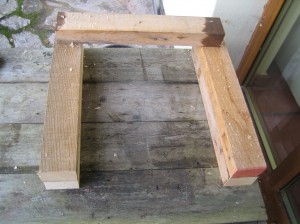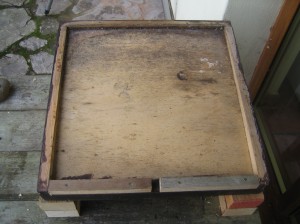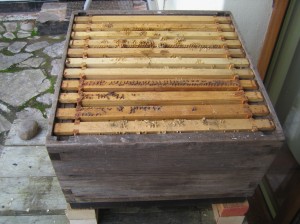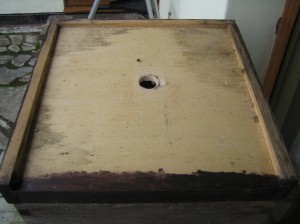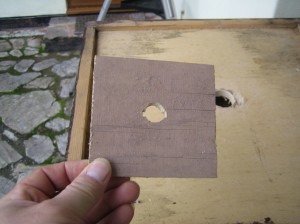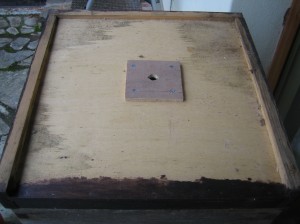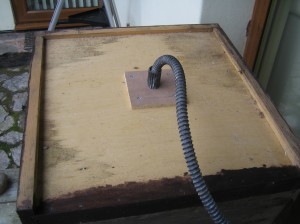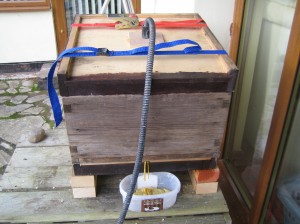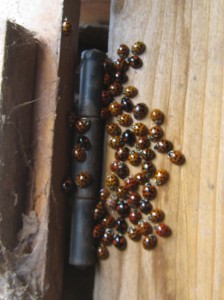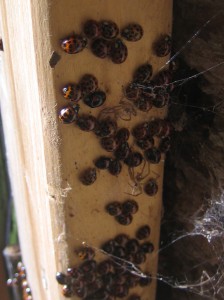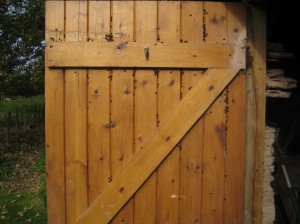I need around twenty feeders for my beehives this year. I’ve messed about with trays full of syrup on top of the crown board up until now, but I really need something a bit better. A few people recommended the Ashforth-style feeder and I discovered that the poly versions have a sloping floor, so I decided to experiment by building a few of my own with different floor and baffle designs. The advantage of the sloping floor is that you don’t have to let the bees out into the main feed volume to clean up the last of the syrup as it should all run towards them no matter which way you put the feeder on unless the hive is way out of level. The potential disadvantage is that, at least when made of timber rather than moulded, the bees may decide to build comb under the higher part of the floor. Time will tell.
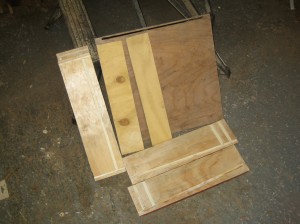
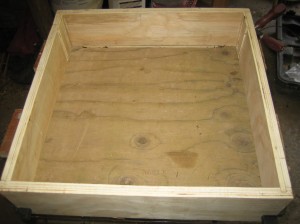
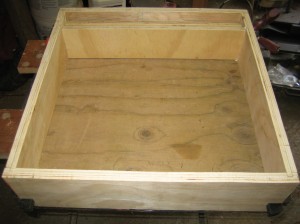
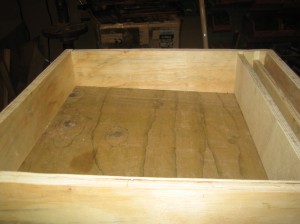
The photographs show my first attempt, built entirely from scrap timber I had lying about.
The sides are 120mm high and made from 18mm ply. I used a router to cut the channels for joining the sides together and for fitting the floor and baffles.
The floor is 9mm ply with a long 8mm wide slot cut at one end to allow the bees up into the feeder.
The baffles are 12mm ply. The first is fixed to the walls and floor and has a gap over the top to allow the bees to get over it. The second is fixed to the walls, but has a 3mm gap between it and the floor to allow syrup to flow through without allowing bees out. I also found some scrap perspex from which I will cut a lid to cover the baffles so I can see what the bees are doing whilst I fill the feeder.
The final steps are to paint the feeder to seal it and to dust the wet paint on the baffles with sand to allow the bees a better grip whilst climbing them.
Having worked out one design, I now intend to modify the floor and baffle arrangements and possibly try different timber sizes to see what works best. If I can find a suitable tool for creating plans (that runs on Linux — I don’t do anything else) I’ll try to do that and make them available here.

